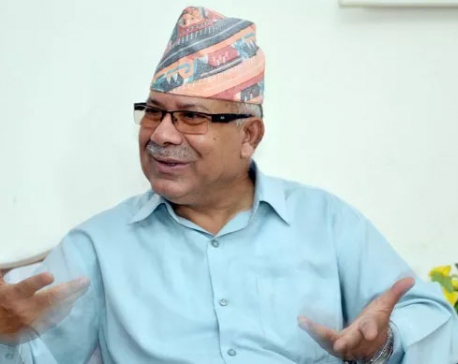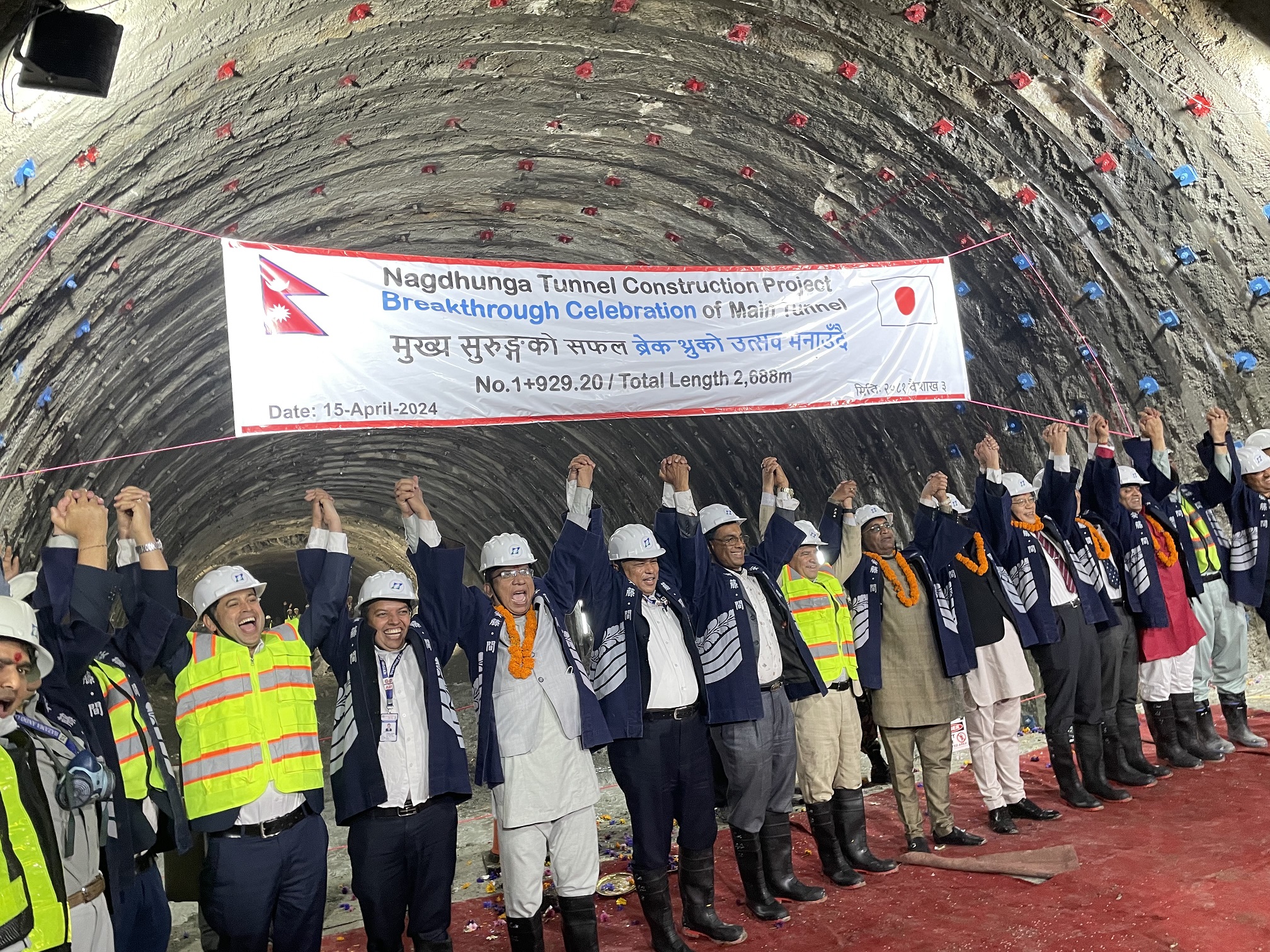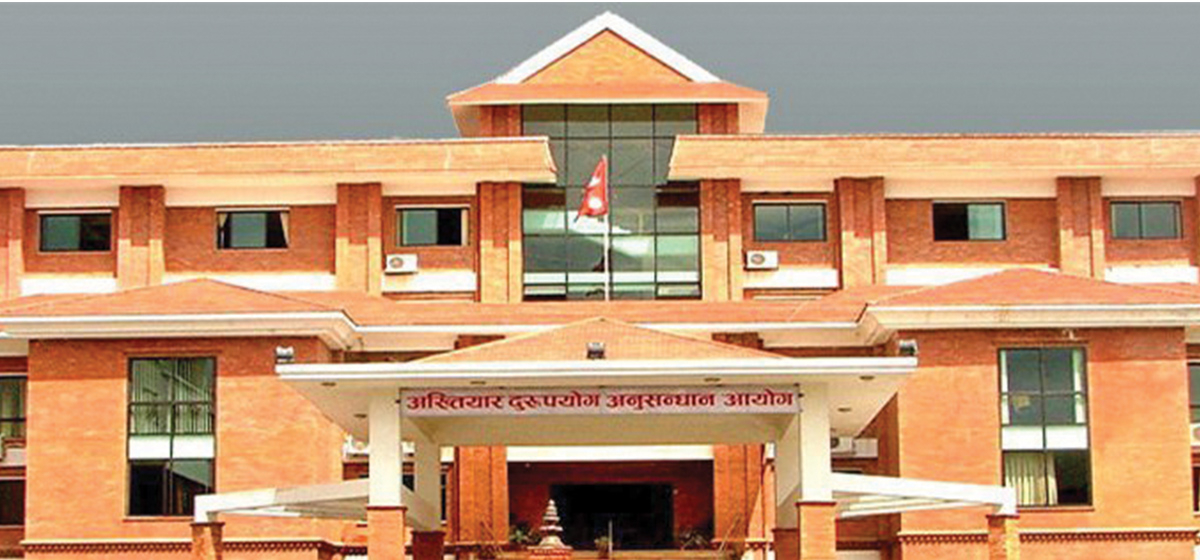
OR
36 pc children below 5 stunted in Nepal
Published On: December 27, 2017 09:09 AM NPT By: Bishnu Prasad Aryal
KATHMANDU, Dec 27: More than one-third of children under the age of five years in Nepal are stunted.
According to the 2016 Nepal Demographic and Health Survey (NDHS), 36 percent of children under five are too short for their age, due to nutritional factors.
Stunting among rural children is 40 percent compared to 32 percent among urban children. Of children from the poorest households, 49 percent are likely to be stunted. This figure is 46 percent for children from families where the mothers have had no schooling.
The extent of stunting is different in different provinces. The least level of stunting, at 29 percent, is in provinces 3 and 4 while it is highest at 55 percent in Province 6, says the 2016 NDHS report.
Ten percent of the children are wasted, or too thin for their height. This is a sign of acute malnutrition. “Overall, 27 percent of children are underweight or too thin for their age.”
The nutritional status of children in Nepal has improved since 1996 when 57 percent under five were stunted. This came down to 36 percent in 2016.
The 2016 NDHS also examined the weight and height of women and men aged between 15 and 49. A total 17 percent of women are thin while 22 percent are overweight or obese.
Forty-five percent of women from the wealthiest households are more likely to be obese. Similarly, 35 percent women in Province 3 are overweight or obese. The obesity/overweight figure for the country was 9 percent in 2006. This increased to 22 percent in 2016.
Likewise, 17 percent of men are thin and 17 percent are overweight. A total of 28 percent men aged between 30 to 39 are overweight or obese. Overall, 32 percent men from the wealthiest households are obese or overweight, according to NDHS 2016.
Meanwhile, anemia among children between 6 to 59 months and women aged between 15 to 49 years was also covered by NDHS 2016. A total of 53 percent of children between 6 and 59 months are suffering from anemia. Anemia among rural children is 56 percent, while it is 57 percent among children whose mothers have had no schooling. Province 3 has a low anemia rate of 43 percent while Province 2 has a high of 59 percent.
Anemia prevalence in 2011 was 46 percent and it has now increased. Anemia in women was 36 percent in 2006 and increased to 41 percent in 2016, the NDHS report explains. “Four in 10 women aged between 15 and 49 are anemic. Anemia prevalence ranges from a low of 28 percent in Province 4 to a high of 58 percent in Province 2.”
You May Like This

58 pc Nepal children aged 8 to 12 years face cyber risks: Report
KATHMANDU, Feb 9: Some 58 percent children aged between 8 and 12 years are exposed to cyber risks in Nepal,... Read More...

2.5 pc of total HIV-infected in Nepal are children under 4
KATHMANDU, Dec 1: Some 2.5 percent of the HIV-infected people in Nepal are children of up to four years. ... Read More...

Party's name will be Nepal Communist Party after merger: Leader Nepal
KAILALI, Feb 9: CPN-UML leader Madhav Kumar Nepal said that the name of the new party after merger between CPN-UMLand... Read More...

Just In
- Birgunj Metropolis collects over Rs 360 million in revenue
- NEPSE plunges below 2,000 points after one and a half months; daily turnover declines to Rs 2.10 billion
- AI Index Report-2024: AI still behind humans on complex tasks like competition-level mathematics
- Daiji-Jogbudha road construction at snail’s pace
- Govt fails to adopt podway technology despite its potential in Nepal
- Jhulaghat border crossing in Baitadi to remain closed from this evening
- Universities will be free from partisan interests: Education Minister
- CIAA files cases against five, including ex-chief of Social Development Office Dolpa


















Leave A Comment